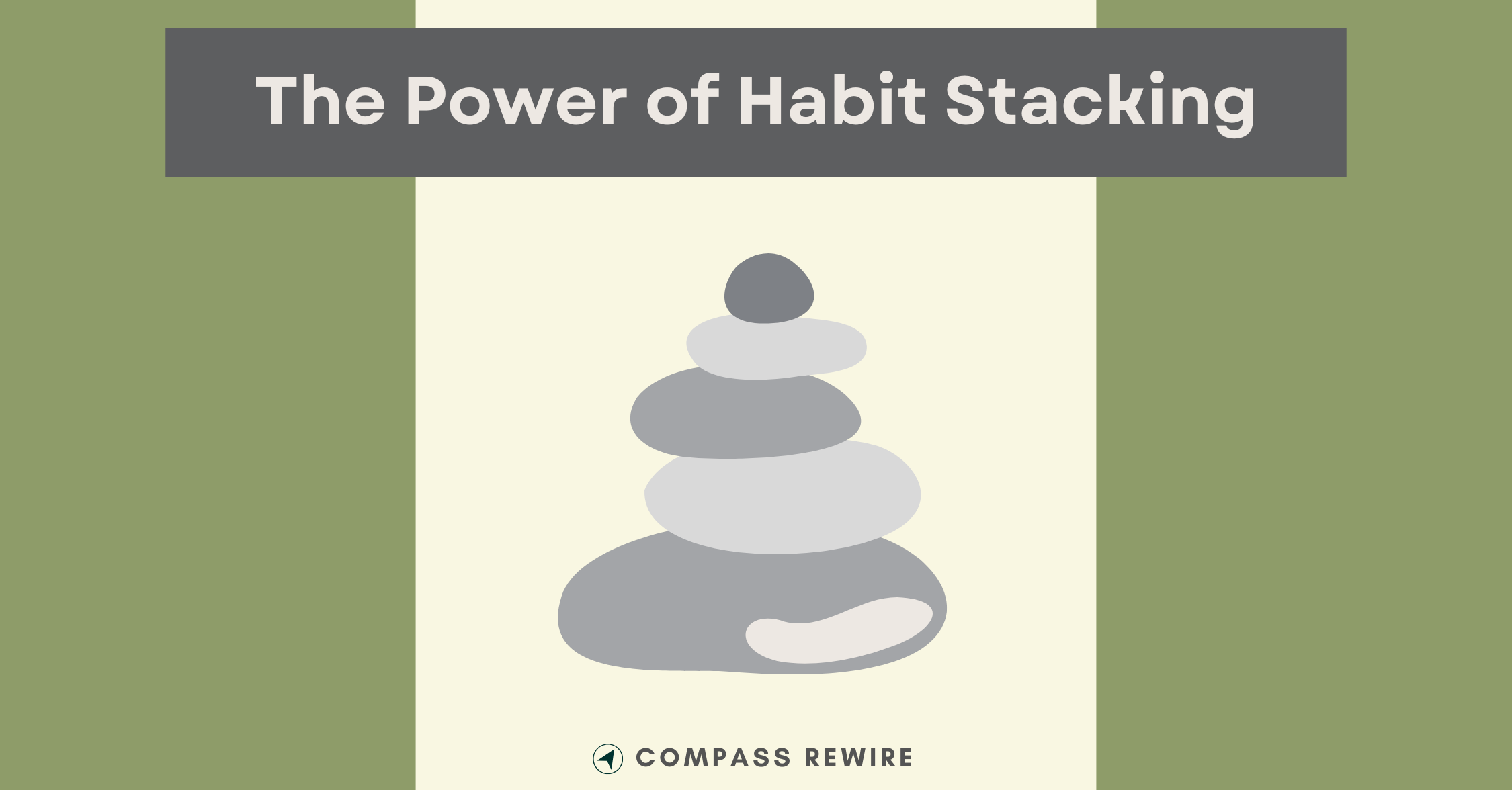New Year, New Routines: The Power of Habit Stacking
I go back and forth on habits. Sometimes it feels overly prescriptive and scheduled. Can’t I just go with the flow after setting an intention and things will generally work out? Well, I’ve tried that, and mostly, it doesn’t stick for long. So, I’ve learned that calendars and structured habits provide a useful architecture that I can plug new intentions into, helping me manage life a bit better.
The Concept of Habit Stacking
Maybe not quite a life hack, but habit stacking is a tool that really works for me. It’s about adding a new habit to something you are already doing, as popularized by James Clear in his book Atomic Habits. I’ll add a personal twist to this definition: adding a habit to something I enjoy doing works even better than just integrating with something mundane. I’m more eager to schedule my activities for the month when I get to also schedule a massage visit than I would be about adding an extra step to my nightly oral-care routine.
New Habits for 2025
As I head into 2025, I have some new habits on the horizon and am using habit stacking to help make them sticky. For example, each Sunday as I plan my week, I’m now adding my workouts to the calendar. That way, I don’t need to think about whether I'll be going to a class, heading down to the gym, or taking a rest day. It’s already there and planned.
And I’m trying to be more intentional about reading versus plugging into a Netflix series. So, I made it easy by loading several books that are fun to read onto my Kindle and leaving it by my bed. Instead of bringing the computer in there, I have the device I need at hand. The fewer decisions I need to make each day about what to do (since decision-making consumes a huge amount of mental energy and time), the better. Think about the difference between spending 25 minutes choosing a show to watch versus picking up a Kindle with a book ready to go, opened to your next page.
Thinking Through New Habits
When I’m thinking about a new habit, I start with these questions:
Definition and Frequency: What exactly do I want this habit to be? Is it something I’ll do daily, weekly, or is it a new way of thinking?
Nature of Change: Am I adding or removing something? If adding, what less important activity will I reduce? If removing, what will take its place?
History: What similar habits have I adopted before? What worked, what didn’t, and why?
Adjustments and Iterations: If I’ve attempted this before, what new strategies will I use to be more successful this time around?
Once I have the answers, I make an actual plan. Write it down and commit to it—at least to myself.
Why Habit Stacking Works
By asking these questions, I don’t just stack habits—I stack the odds in my favor. It’s all about setting up the conditions for success and minimizing the need for choices. This strategy isn't just about being more efficient; it's about creating a lifestyle that feels both manageable and meaningful.

